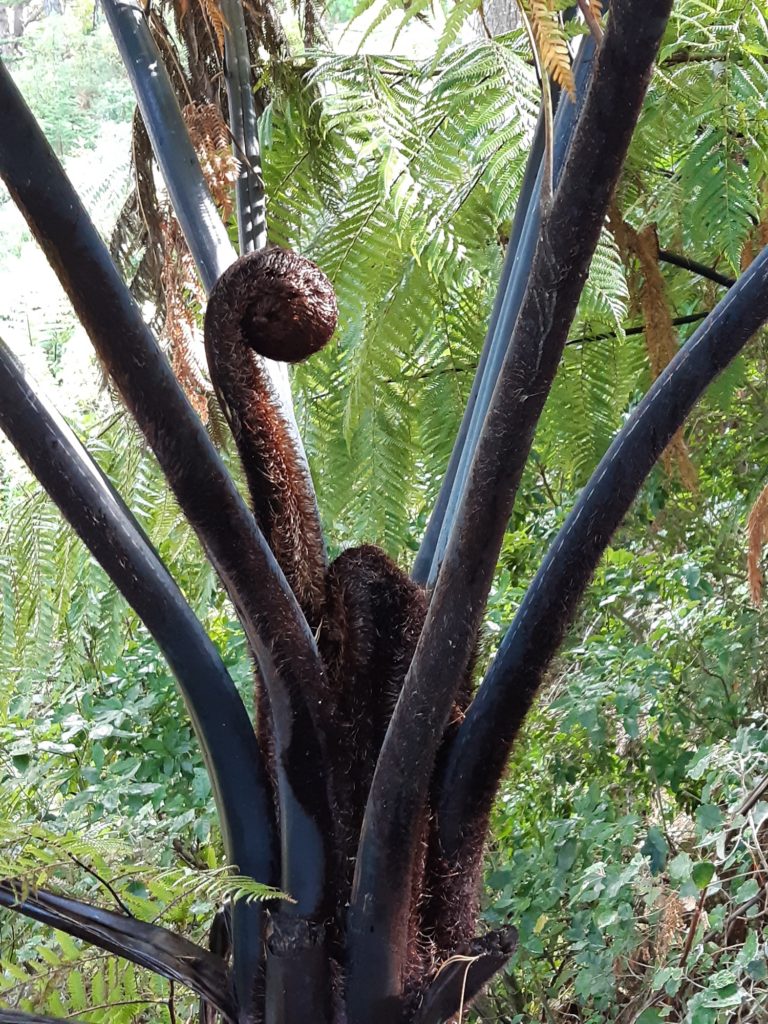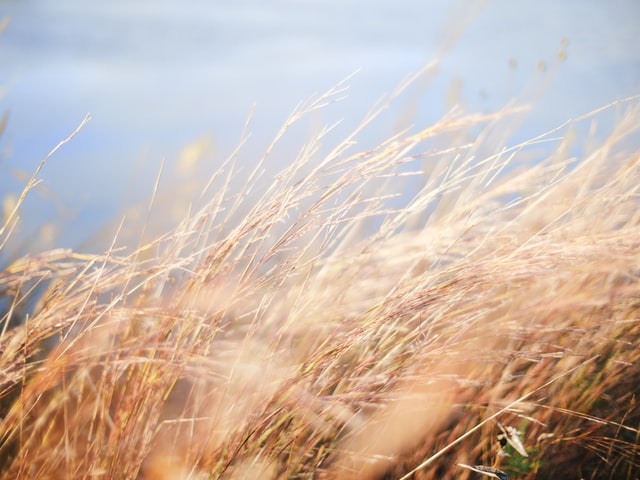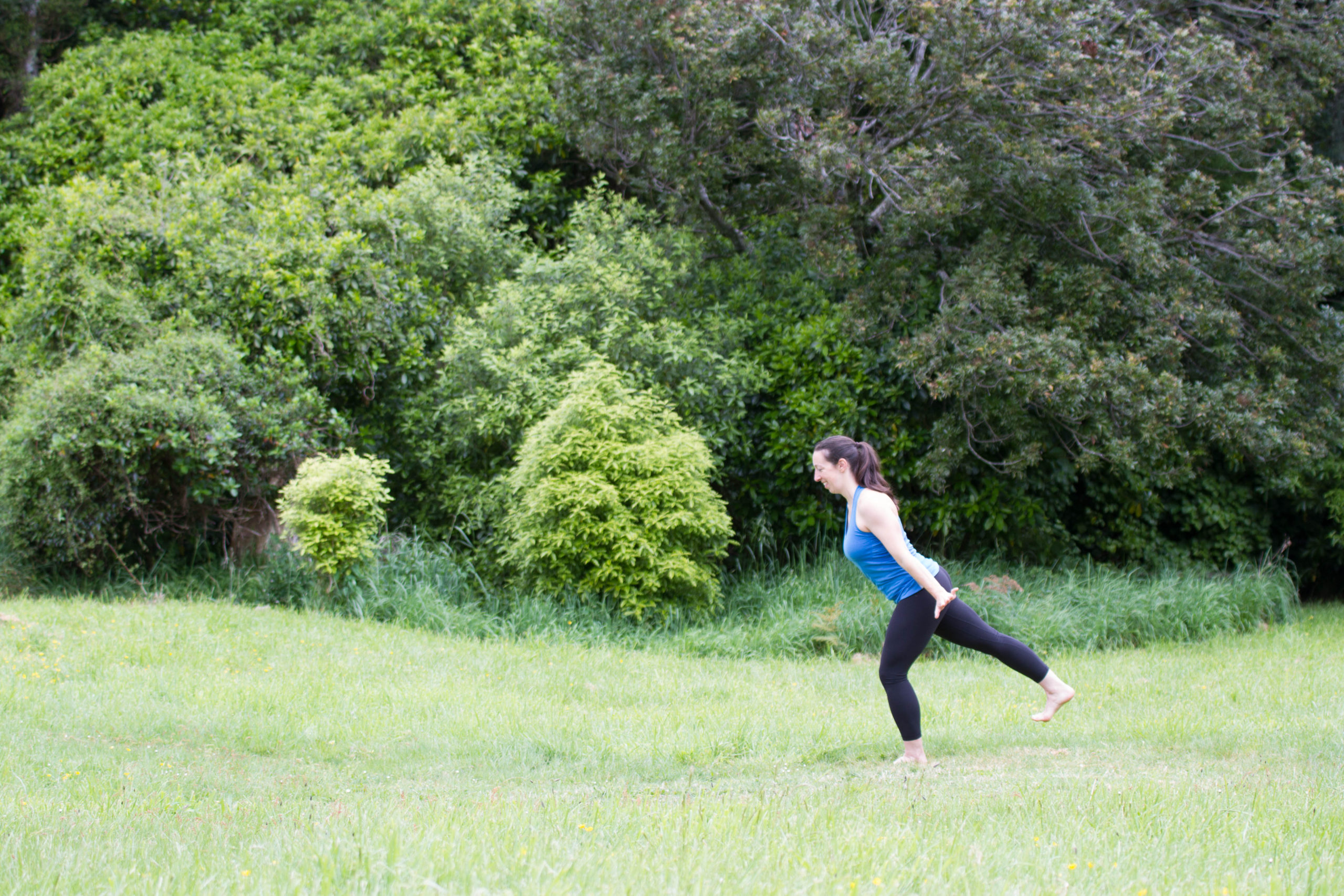In a 2019 keynote speech, NZ yoga teacher Donna Farhi mentioned ideokinesis. She briefly explained that it was a concept of using imagery to help people understand movement.
My interest was piqued but a quick google search turned up surprisingly limited results. Wikipedia provided a helpful definition:
“Ideokinesis is an approach to improving posture, alignment, and fluency of movement through structured guided imagery that uses metaphors, such as visualizing an object moving in a specific direction along various muscle groups throughout the body, while lying completely still”
The concept was originated at the turn of the 19th century by a woman named Mabel Todd. One of her students, Lulu Sweigard coined the term in the late 1920s. Many others contributed to the development and understanding, including research and application (most often to dance).
Their motivation was driven by a focus on finding effective and efficient movement and body alignment essentially by finding balance and ease in the body. The contrasting approach is to correct anatomical misalignment in the body.
For example – it’s the difference between achieving healthy spinal posture by telling someone to try to be the tallest person in the room versus don’t lean forward/suck in your belly/don’t stick your bum out/pull your shoulders back.
I certainly identify with that approach of having awareness in the body and finding balance between ease and tension of the muscles. But I was most interested in the idea of using metaphors to feel the movement.
Most of the key literature on ideokinesis is in books, many out of print. But I stumbled on the 2010 article, Yoga & Ideokinesis: Applications of dynamic alignment and imagery in āsana practice by Carolina Diaz.
She discussed how imagery is a tool to understand and explore how a movement feels. While her examples often focus on ease and relaxation, I think imagery or metaphors provide a rich opportunity to rethink movement.
One of the best examples of this comes from Maria Kirsten who first introduced me to the concept of imagining a torch strapped to your bum to visualise and feel how to tip your pelvis. Some of own unique metaphors have been the proud peacock as a cue for the position of your spine and breathing into your pockets.
But more than just a different way to explore body awareness, Diaz wrote:
“An image is non-judgmental, it describes a situation to aim towards, rather than focusing on what is wrong. It brings awareness without creating additional tension. Pointing out a mistake might at times reinforce what is trying to be corrected and generate stress and anxiety, creating more muscular tension.”
A metaphor is not right or wrong, there is no precise measure. It’s an idea to test. This approach also prevents us from going to extremes. There is no endpoint or picture-perfect application, it’s just a way to explore the movement and feeling in the body.
Try a small experiment, curl and uncurl your hands and wrists by making fists. Now do the same movement imagining your hands were like this fern frond. The curl of the frond is not bound or rigid, but it is not loose and each part of the plant is active, forming part of curl.





